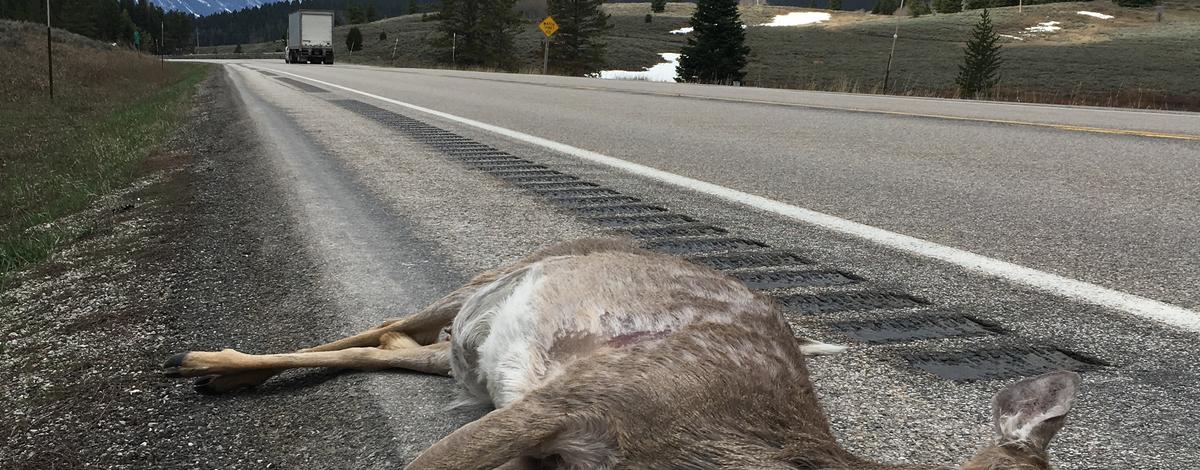
Mule deer, elk and other animals' spring movements have begun in the Island Park area and elsewhere in Idaho. As a result, the number of vehicle collisions with wildlife along U.S. 20 in the Island Park area is dramatically increasing.
Migratory deer and elk follow the spring green-up as they move from winter to summer ranges and birthing areas, and these seasonal migrations occur throughout the state.
Motorists should keep an eye out for migrating animals on the road, especially in mornings and evenings when light is low and animals are most active. Remember that seeing one deer in the road can mean there are possibly more coming. Driver awareness can help reduce dangerous and expensive wildlife/vehicle collisions, and protect wildlife as pregnant females are about give birth.
Since May 1, Fish and Game personnel have removed 10 mule deer carcasses and four elk carcasses between Ashton and Last Chance in Island Park. This number may not reflect the total numbers of animals hit, because wounded animals can travel a ways off the road before succumbing to their injuries.
Mule deer carcasses have all been reported on Ashton Hill and groups of migrating mule deer have recently been observed on Ashton Hill while elk have been observed near Harriman State Park and Osborne Bridge.
As spring continues, so will animal migrations. Pronghorn have also been reported near Raynolds Pass on their way to summer range on Henry’s Flats. Fish and Game anticipates big game crossings of U.S. 20 will increase in the northern part of the caldera as well.
Beware of wildlife crossing hotspots on the highway such as Ashton Hill and near Harriman State Park.

